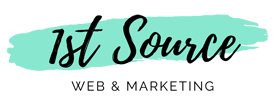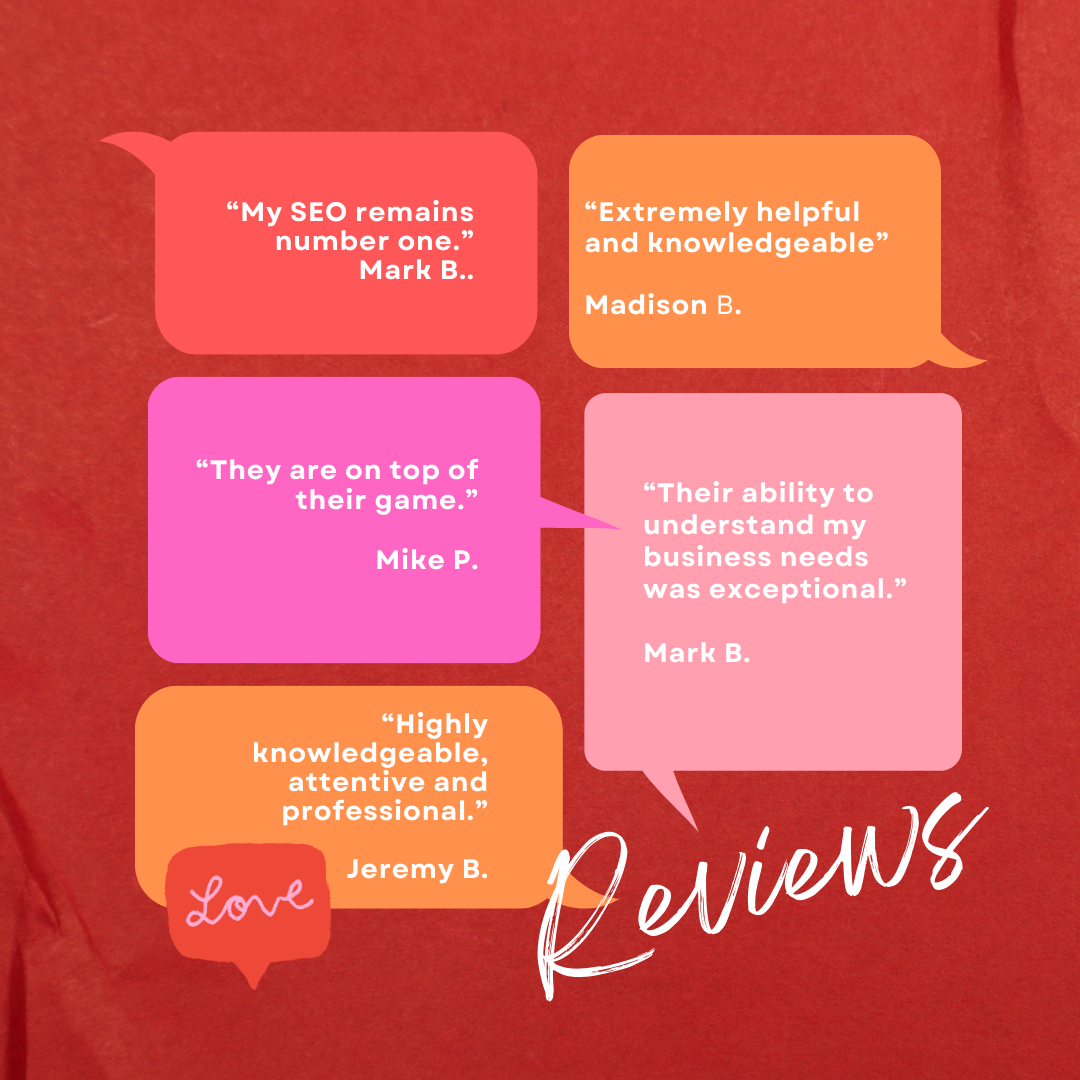Having a strong online presence is essential for businesses of all sizes. A website serves as a virtual storefront, allowing customers to learn about your products and services, make purchases, and interact with your brand. When it comes to website design, there are numerous approaches to consider, and one intriguing option is the single-page website with a full navigation menu. This design concept condenses all essential information onto a single webpage, using a navigation menu to help users explore different sections of the site. In this article, we will explore the pros and cons of this approach from both a customer’s and a business owner’s perspective.
The Single-Page Website with a Full Navigation Menu: An Overview
A single-page website with a full navigation menu, also known as a one-page website, is a design choice that consolidates all relevant content onto a single webpage. Instead of clicking on different pages to access various sections, users can navigate through the site using a menu that scrolls them to the relevant section on the same page. This design can be visually appealing and provide a unique user experience. However, it’s crucial to weigh the advantages and disadvantages, both for customers and business owners.

From the Customer’s Perspective
Pros for Customers
Cons for Customers
From the Business Owner’s Perspective
Pros for Business Owners
Cons for Business Owners
Is a Single-Page Website Right for Your Business?
Whether a single-page website with a full navigation menu is right for your business depends on various factors, including your specific goals, target audience, and the type of content you need to present.
When a Single-Page Website is a Good Fit:
1. Small Businesses: For small businesses with limited resources and a concise message, a single-page website can be an efficient and cost-effective choice.
2. Personal Portfolios: Individuals in creative fields, such as artists, photographers, and designers, can benefit from one-page sites to showcase their work.
3. Event Promotion: If you’re promoting a single event or product launch, a one-page site can effectively convey all the essential details.
4. Storytelling: When your brand’s story or narrative is a central part of your marketing strategy, a single-page site can provide an engaging platform for storytelling.
When a Multi-Page Website is More Appropriate:
1. E-commerce Stores: If you have an extensive product catalog, a multi-page website with categorized product listings and detailed product pages is essential.
2. Information-Heavy Sites: If your business relies on providing extensive information, such as educational institutions or research organizations, a multi-page website allows for structured content presentation.
3. SEO Importance: When search engine visibility is a top priority, multi-page websites provide more opportunities for SEO, with unique URLs for different pages.
4. Conversion Funnel: Businesses looking to guide visitors through a specific conversion funnel, such as lead generation or subscription sign-ups, may find multi-page sites more effective.
Best Practices for Single-Page Websites
If you decide that a single-page website aligns with your business goals, here are some best practices to ensure its success:
1. Clear Navigation: The navigation menu should be easily accessible and clearly indicate the different sections of your site. Each menu item should scroll to the relevant content.
2. Responsive Design: Ensure that your single-page website is responsive and mobile-friendly to provide an optimal user experience on all devices.
3. Content Prioritization: Prioritize essential content to engage users quickly. Use compelling visuals and concise text to convey your message effectively.
4. Smooth Scrolling: Implement smooth scrolling animations to guide users through your content seamlessly.
5. Contact Information: Make it easy for visitors to contact you by including contact forms or prominent contact details.
6. Performance Optimization: Optimize images and use efficient coding practices to keep loading times fast.
7. SEO Strategy: Develop a solid SEO strategy, focusing on on-page optimization, relevant keywords, and quality backlinks.
8. User Testing: Continuously test your website’s user experience to identify and address any issues or bottlenecks.
The single-page website with a full navigation menu is a design concept that offers a unique and engaging user experience, with benefits such as simplified navigation, fast loading times, and an opportunity for storytelling. However, it may not be suitable for all businesses, especially those with extensive content, SEO concerns, or specific conversion funnel requirements.
The decision to adopt a single-page website should be based on your business goals and the expectations of your target audience. If executed well, a one-page website can be a visually stunning and efficient way to convey your message and captivate your audience. However, businesses must carefully consider their specific needs and content requirements before committing to this design approach. Ultimately, the success of your website design will depend on its ability to effectively meet your business objectives and serve your customers’ needs.











